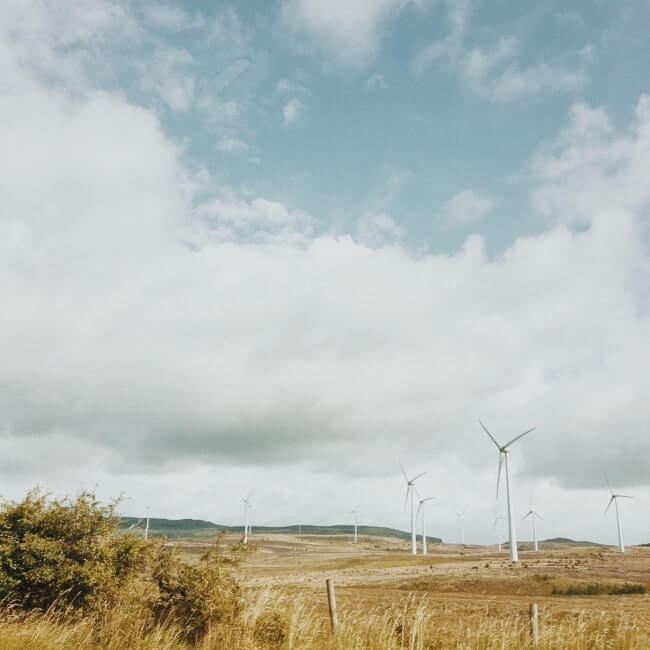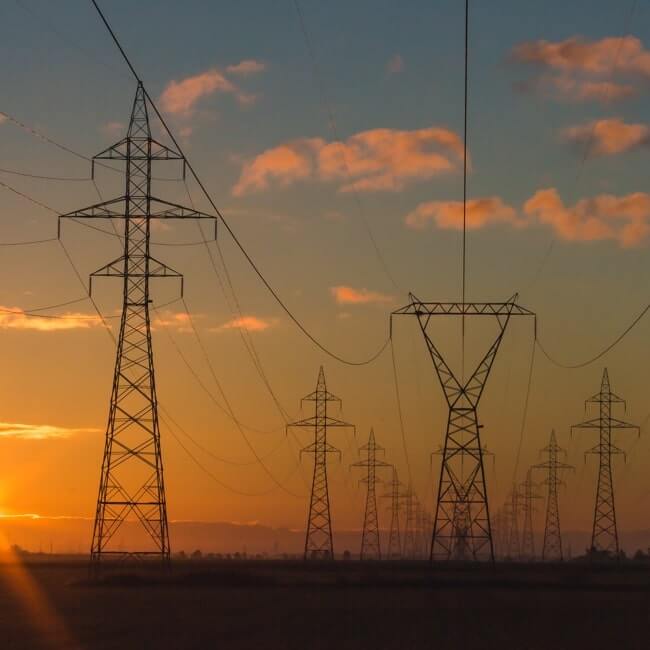The potential for green hydrogen in Latin America

By Manuel Fernandes, lead partner of KPMG's Energy and Natural Resources practice in Brazil and South America, and Ricardo Marques, lead partner of KPMG's Metal and Mining practice in Brazil
The production of steel using green hydrogen is one of the possible routes for the steel industry to achieve decarbonization goals and contribute to the global energy transition. Although the number of green steel projects on the pipeline falls short of existing needs, especially in Latin America, the key to improving current performance is to reduce the cost of producing green hydrogen, which is currently between US$3 and US$12 per kilo, according to the International Energy Agency.
Although currently only part of the hydrogen produced globally is low carbon, the agency has also highlighted that the share of low carbon hydrogen could change in the coming years, especially if the costs incurred with producing renewable energy would fall to produce electricity, as well as the costs of the technologies used to generate clean hydrogen.
If this downward trend continues, fuel generation costs could fall to the range of US$2-US$5 per kilo by 2030, when generated by solar energy, reaching even lower figures in Latin America, which is emerging as one of the cheapest producing regions in the world. By 2050, costs could be lower than US$2 per kilo in Argentina, Chile and Brazil, to mention some examples.
A significant number of green hydrogen projects are currently in operation in Latin America, and the Cachimayo manufacturing plant in Peru is the largest and longest-running power plant in the region. In Argentina, we cannot forget the hydrogen plant of Hychico in Comodoro Rivadavia, which has operated since 2008. In Brazil, the greatest facility is EDP’s project located in Complexo de Pecém, in Ceará. In Chile, Haru Oni is located in Cabo Negro, in the Magallanes region. Other countries in the region, such as Colombia, Costa Rica, Paraguay, Mexico and Uruguay, are also planning and developing initiatives aimed at producing hydrogen.
Although the International Energy Agency has pointed out that several countries in Latin America share characteristics that make them indisputable candidates for leading the production and export of green hydrogen in the future, it is important to note that obstacles could prevent this process, particularly the lack of technologies that allow the capture, transport and storage of carbon dioxide, the need to optimize the operation of the value chains that produce and use that fuel, and to develop new infrastructure.
Higher levels of investment are also necessary to leverage economies of scale, which in turn requires changes in the regulatory and financial frameworks in order to foster a business-friendly environment. To that end, it is important to set rules that encourage the production and use of low-carbon fuels, strengthen renewables and generate direct and indirect tax incentives, among others.
In addition, promoting public-private partnerships will be important for the development of hydrogen and green steel projects, as well as public projects to cover capital funding and operating costs and, among other initiatives, promoting low-carbon standards and certifications. An additional obstacle in the region that must be taken into account in this transition is how the costs of renewable energy will evolve from now on and how this may affect green hydrogen.
Finally, steel will be essential for decarbonization, not only because it is required to build multiple renewable energy sources, but also because the journey towards zero carbon and the need to produce in a cleaner manner using hydrogen-based technologies are of utmost importance for achieving a sustainable fall in emissions by 2030 and, above all, in 2050, which is when the industry expects to be closer to achieving the transition goal.
Latin America has an opportunity in this scenario. Being one of the regions with the best prospects in terms of hydrogen from renewable sources and projected minimum production costs, the gradual increase in the number of initiatives focused on green steel or produced using low-carbon technologies seems to be the logical path to follow in the medium and long term.
Disclaimer: This content is the sole responsibility of the author and does not necessarily reflect the opinion of BNamericas. We invite those interested in participating as a guest columnist to submit an article for possible inclusion. To do so, contact the editor at electric@bnamericas.com
Subscribe to the leading business intelligence platform in Latin America with different tools for Providers, Contractors, Operators, Government, Legal, Financial and Insurance industries.
News in: Electric Power (Mexico)

Sheinbaum presents US$277bn Mexican investment plan
Under the plan, the government seeks to strengthen the economy with public, private and mixed investments by 2030.

Sheinbaum forecasts Mexican wind energy bonanza through 2030
Renewable sources will provide 33.5% of Mexico's power in 2030, compared with less than 20% in 2024.
Subscribe to Latin America’s most trusted business intelligence platform.
Other projects in: Electric Power (Mexico)
Get critical information about thousands of Electric Power projects in Latin America: what stages they're in, capex, related companies, contacts and more.
- Project: Ceboruco geothermal project
- Current stage:

- Updated:
2 months ago
- Project: Mexicali Volta Electric Energy Storage System
- Current stage:

- Updated:
2 months ago
- Project: Quetzal photovoltaic park
- Current stage:

- Updated:
2 months ago
- Project: Ikal PV Solar Photovoltaic Park
- Current stage:

- Updated:
2 months ago
- Project: Guanajuato wind park
- Current stage:

- Updated:
2 months ago
- Project: Delaro wind farm
- Current stage:

- Updated:
2 months ago
- Project: Mezquite II electric transmission line
- Current stage:

- Updated:
2 months ago
- Project: Puebla Solar photovoltaic plant
- Current stage:

- Updated:
2 months ago
- Project: La Esperanza photovoltaic project
- Current stage:

- Updated:
2 months ago
- Project: Monte Alto photovoltaic plant
- Current stage:

- Updated:
2 months ago
Other companies in: Electric Power (Mexico)
Get critical information about thousands of Electric Power companies in Latin America: their projects, contacts, shareholders, related news and more.
- Company: The Cobeal Group
- Company: Atlacomulco Solar S. A. de C. V. (Atlacomulco Solar)
-
The description included in this profile was taken directly from an AI source and has not been edited or modified by BNamericas researchers. However, it may have been automatica...
- Company: TFS Turbine Field Solutions, S.A. De C.V. (Turbine Field Solutions)
-
The description included in this profile was taken directly from an official source and has not been modified or edited by the BNamericas’ researchers. However, it may have been...
- Company: Kepler Constructora S.A. de C.V. (Kepler)
-
Kepler Constructora S.A. de C.V. is a Mexican engineering, procurement and construction company serving the mining, petrochemicals, power plants and steelmaking industries. Kepl...
- Company: Aldesa Energías Renovables de México, S. A. de C. V. (Aldesa Energías Renovables de México)
-
Aldesa Energías Renovables de Mexico, S.A. de C.V. is a subsidiary of the Energy Division of the Spanish Group Aldesa. The company covers all the stages of a project development...
- Company: Desarrollos Eoloeléctricos de México 1 S.A. de C.V.
-
The description included in this profile was taken directly from an AI source and has not been edited or modified by BNamericas researchers. However, it may have been automatica...
- Company: Camila Alfaro SA
- Company: Carso Infraestructura y Construcción, S.A.B. de C.V. (CICSA) (CICSA)
-
Carso Infraestructura y Construcción (CICSA) is a Mexican company belonging to Grupo Carso's infrastructure and construction division. The firm is involved in the development of...



